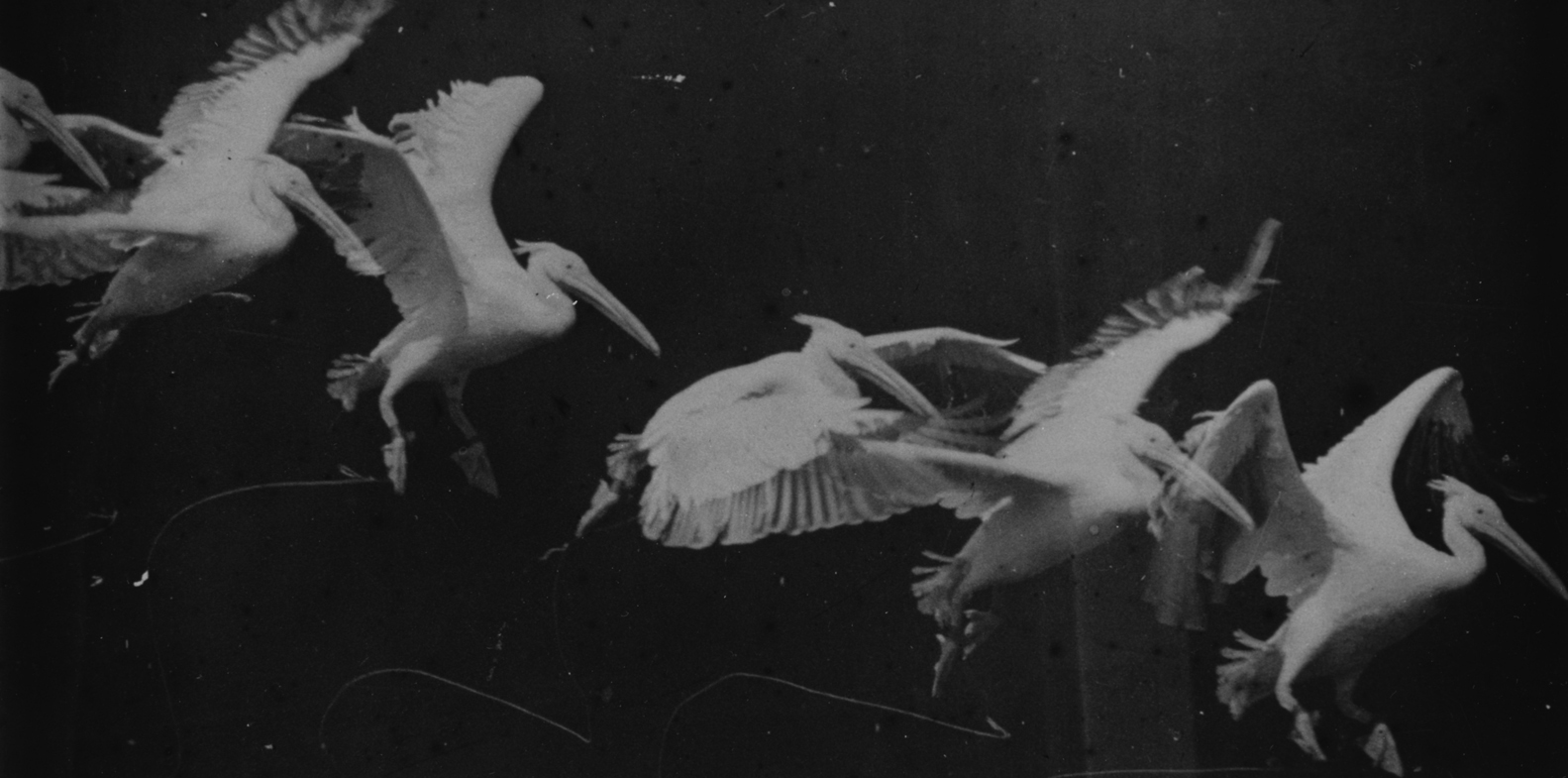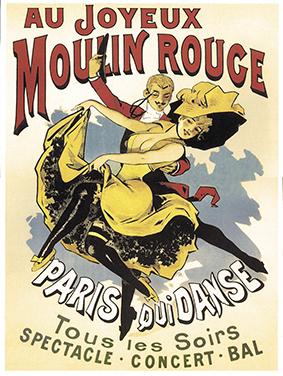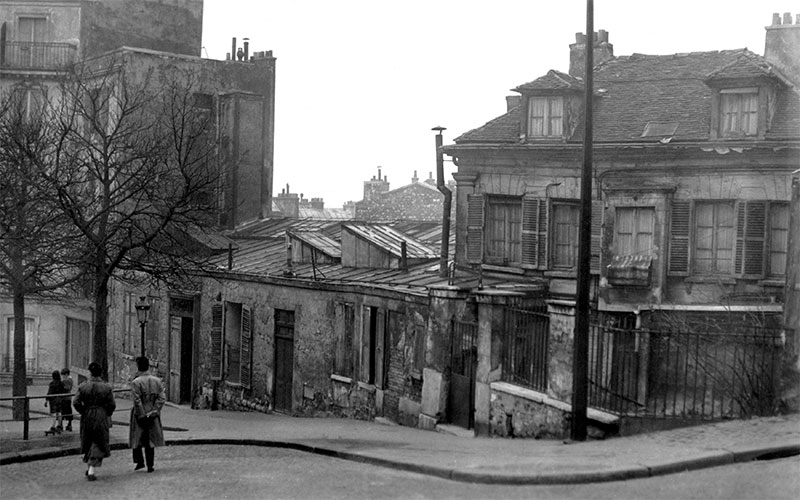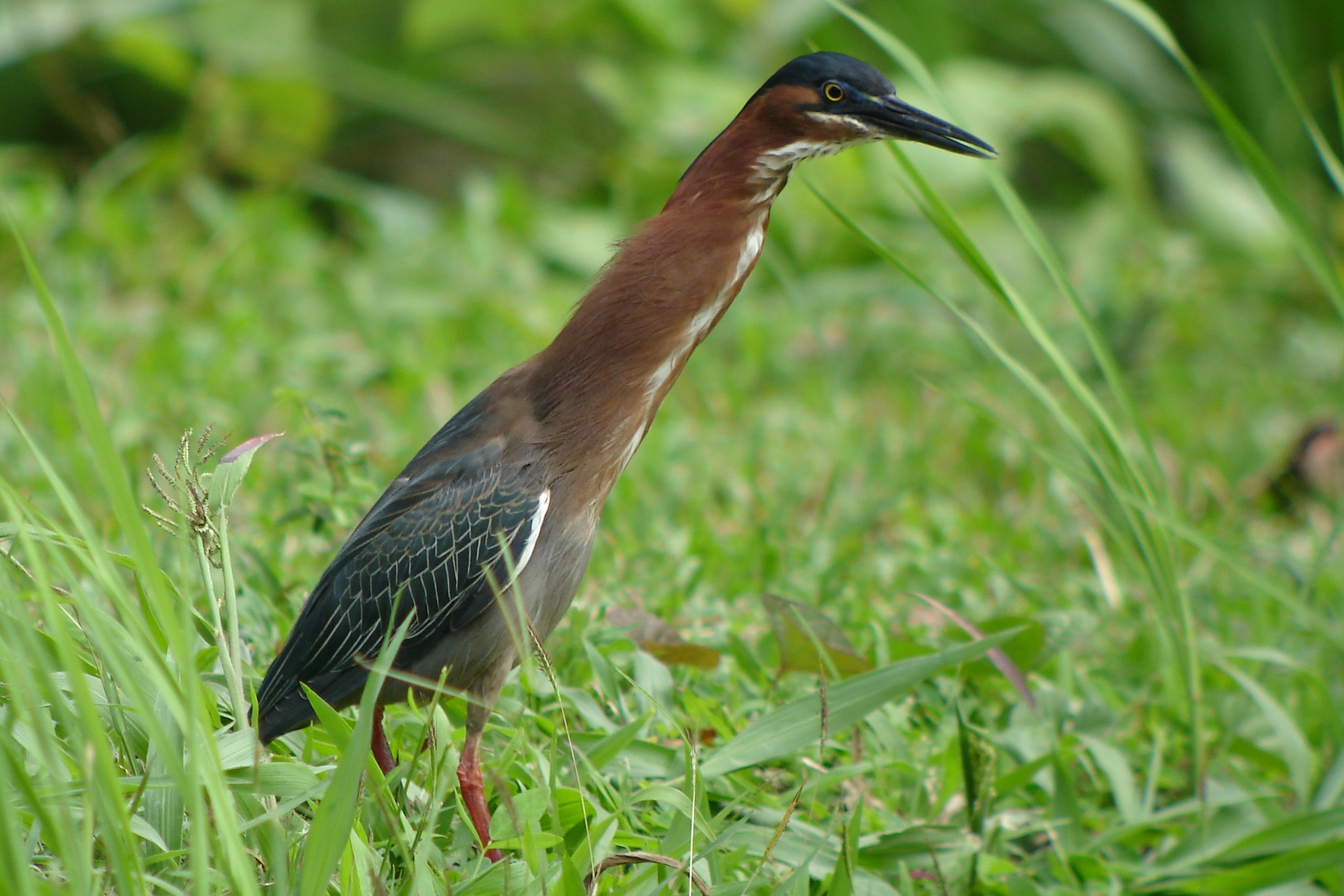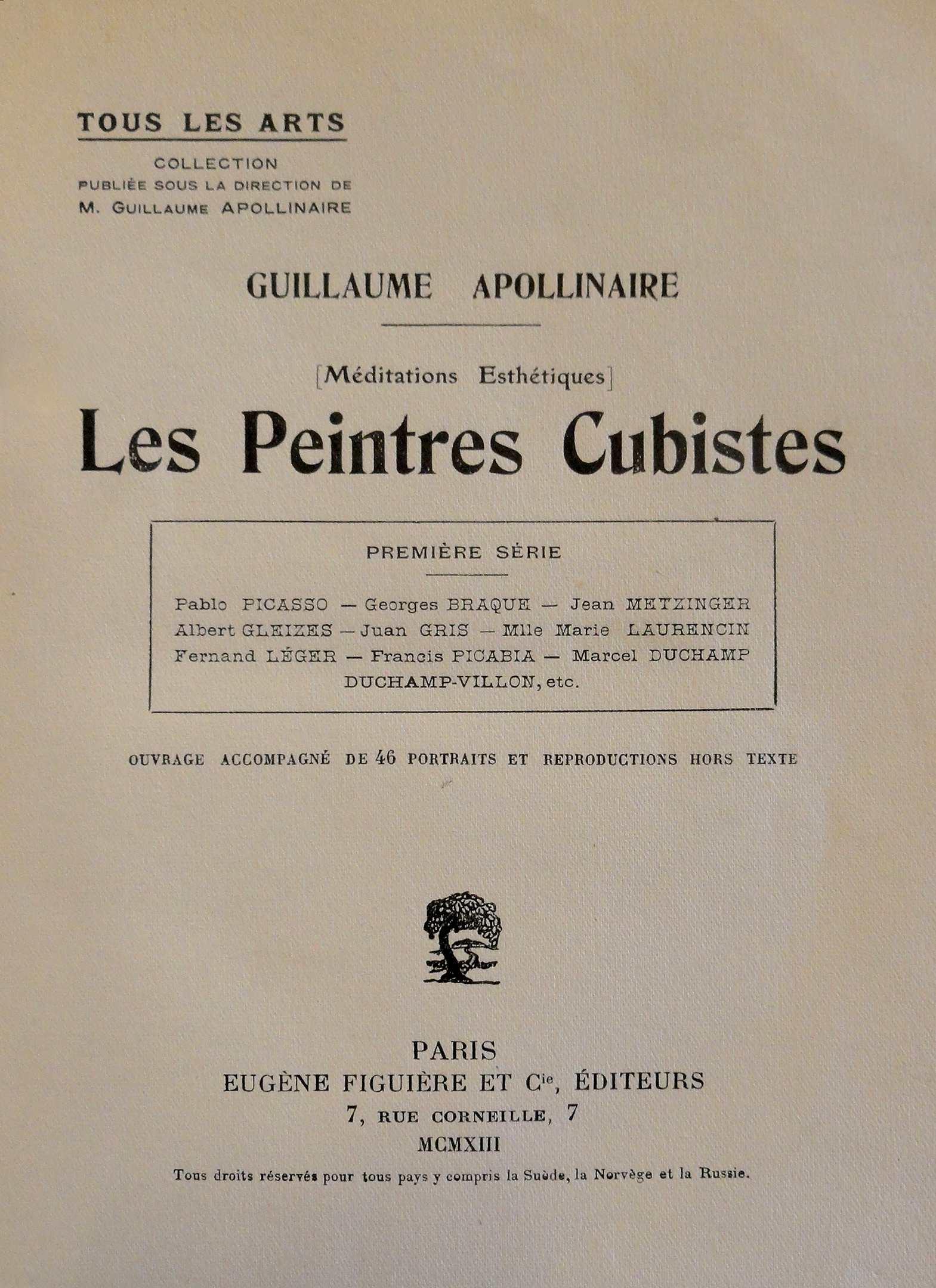|
L'Oiseau Bleu (Metzinger)
''L'Oiseau bleu'' (also known as ''The Blue Bird'' and ''Der Blaue Vogel'') is a large oil painting created in 1912–1913 by the French artist and theorist Jean Metzinger (1883–1956); considered by Guillaume Apollinaire and André Salmon as a founder of Cubism, along with Georges Braque and Pablo Picasso. ''L'Oiseau bleu'', one of Metzinger's most recognizable and frequently referenced works, was first exhibited in Paris at the Société des Artistes Indépendants, Salon des Indépendants in the spring of 1913 (cat. no. 2087), several months after the publication of the first (and only) Cubist manifesto, ''Du "Cubisme"'', written by Jean Metzinger and Albert Gleizes (1912). It was subsequently exhibited at the 1913 Erster Deutscher Herbstsalon in Berlin (titled ''Der blaue Vogel'', cat. no. 287).Herwa ... [...More Info...] [...Related Items...] OR: [Wikipedia] [Google] [Baidu] |
Jean Metzinger
Jean Dominique Antony Metzinger (; 24 June 1883 – 3 November 1956) was a major 20th-century French painter, theorist, writer, critic and poet, who along with Albert Gleizes wrote the first theoretical work on Cubism. His earliest works, from 1900 to 1904, were influenced by the neo-Impressionism of Georges Seurat and Henri-Edmond Cross. Between 1904 and 1907 Metzinger worked in the Divisionist and Fauvist styles with a strong Paul Cézanne, Cézannian component, leading to some of the first Proto-Cubism, proto-Cubist works. From 1908 Metzinger experimented with the faceting of form, a style that would soon become known as Cubism. His early involvement in Cubism saw him both as an influential artist and an important theorist of the movement. The idea of moving around an object in order to see it from different view-points is treated, for the first time, in Metzinger's ''Note sur la Peinture'', published in 1910.Jean Metzinger, October–November 1910, "Note sur la peinture" Pan: ... [...More Info...] [...Related Items...] OR: [Wikipedia] [Google] [Baidu] |
Moulin Rouge
Moulin Rouge (, ; ) is a cabaret in Paris, on Boulevard de Clichy, at Place Blanche, the intersection of, and terminus of Rue Blanche. In 1889, the Moulin Rouge was co-founded by Charles Zidler and Joseph Oller, who also owned the Olympia (Paris), Paris Olympia. The original venue was destroyed by fire in 1915. Moulin Rouge is southwest of Montmartre, in the Paris district of Quartier Pigalle, Pigalle on Boulevard de Clichy in the 18ème arrondissement, Paris, 18th ''arrondissement'', it has a red windmill on its roof. The closest métro station is Blanche (Paris Métro), Blanche. Moulin Rouge is best known as the birthplace of the modern form of the can-can dance. Originally introduced as a seductive dance by the courtesans who operated from the site, the can-can dance revue evolved into a form of entertainment of its own and led to the introduction of cabarets across Europe. Today, the Moulin Rouge is a tourist attraction, offering predominantly musical dance entertainment ... [...More Info...] [...Related Items...] OR: [Wikipedia] [Google] [Baidu] |
Le Bateau-Lavoir
The Bateau-Lavoir ("Washhouse Boat") is the nickname of a building in the Montmartre district of the 18th arrondissement of Paris that is famous in art history as the residence and meeting place for a group of outstanding early 20th-century artists, men of letters, theatre people, and art dealers. It is located at No. 13 Rue Ravignan at Place Emile Goudeau, just below the Place du Tertre. A fire destroyed most of the building in May 1970 and only the façade remained, but it was completely rebuilt in 1978. History Formerly a ballroom and piano factory, Bateau Lavoir was squatted and divided into 20 small workshops in 1889. Distributed along a corridor, small rooms were linked without heating and with a single point of water. The name "Le Bateau-Lavoir" was coined by French poet Max Jacob. The building was dark and dirty, almost seeming to be scrap pile rather than a dwelling. On stormy days, it swayed and creaked, reminding people of washing-boats on the Seine River, hence the na ... [...More Info...] [...Related Items...] OR: [Wikipedia] [Google] [Baidu] |
Meudon
Meudon () is a municipality in the southwestern suburbs of Paris, France. It is in the département of Hauts-de-Seine. It is located from the center of Paris. The city is known for many historic monuments and some extraordinary trees. One of them, the Imperial Cedar (), attracted the attention of Empress Eugénie and Queen Victoria. As of March 2021, the tree is in good condition, but it is threatened by real estate speculation. Another real estate project is planned for the historic park of the Napoleon III villa built by Charles Schacher. Both projects are controversial and have aroused local opposition. Geography The town of Meudon is built on the hills and valleys of the Seine. The wood of Meudon lies for the most part to the west of the town. The north-west part of Meudon, overlooking the Seine, is known as ''Bellevue'' ("beautiful view"). History At Meudon, the argile plastique clay was extensively mined in the 19th century. The first fossil of the European diatryma ' ... [...More Info...] [...Related Items...] OR: [Wikipedia] [Google] [Baidu] |
Montmartre
Montmartre ( , ) is a large hill in Paris's northern 18th arrondissement. It is high and gives its name to the surrounding district, part of the Right Bank. The historic district established by the City of Paris in 1995 is bordered by Rue Caulaincourt and Rue Custine on the north, the Rue de Clignancourt on the east and the Boulevard de Clichy and Boulevard de Rochechouart to the south, containing . Montmartre is primarily known for its artistic history, the white-domed Basilica of the Sacré-Cœur on its summit, as well as a nightclub district. The other church on the hill, Saint Pierre de Montmartre, built in 1147, was the church of the prestigious Montmartre Abbey. On 15 August 1534, Saint Ignatius of Loyola, Saint Francis Xavier and five other companions bound themselves by vows in the Martyrium of Saint Denis, 11 Rue Yvonne Le Tac, the first step in the creation of the Jesuits. Near the end of the 19th century and at the beginning of the 20th, during the Belle Époqu ... [...More Info...] [...Related Items...] OR: [Wikipedia] [Google] [Baidu] |
Sacré-Cœur, Paris
The Basilica of Sacré Coeur de Montmartre (Sacred Heart of Montmartre), commonly known as Sacré-Cœur Basilica and often simply Sacré-Cœur (french: Sacré-Cœur de Montmartre, pronounced ), is a Roman Catholic church and minor basilica in Paris, France, dedicated to the Sacred Heart of Jesus. It was formally approved as a national historic monument by the National Commission of Patrimony and Architecture on December 8, 2022. Sacré-Cœur Basilica is located at the summit of the butte of Montmartre. From its dome two hundred meters above the Seine, the basilica overlooks the entire city of Paris and its suburbs. It is the most popular tourist destination in the capital after the Eiffel Tower. The basilica was first proposed by Felix Fournier, the Bishop of Nantes, in 1870 after the defeat of France and the capture of Napoleon III at the Battle of Sedan in the Franco-Prussian War. He attributed the defeat of France to the moral decline of the country since the French Revolu ... [...More Info...] [...Related Items...] OR: [Wikipedia] [Google] [Baidu] |
Green Heron
The green heron (''Butorides virescens'') is a small heron of North and Central America. ''Butorides'' is from Middle English ''butor'' "bittern" and Ancient Greek ''-oides'', "resembling", and ''virescens'' is Latin for "greenish". It was long considered conspecific with its sister species the striated heron (''Butorides striata''), and together they were called "green-backed heron". Birds of the nominate subspecies (no matter which taxonomic arrangement is preferred) are extremely rare vagrants to western Europe—for example, a sighting in Pembrokeshire in 2018 was only the second recorded sighting in Wales; individuals from the Pacific coast of North America may similarly stray as far as Hawaii. Description The green heron is relatively small; adult body length is about . The neck is often pulled in tight against the body. Adults have a glossy, greenish-black cap, a greenish back and wings that are grey-black grading into green or blue, a chestnut neck with a white line d ... [...More Info...] [...Related Items...] OR: [Wikipedia] [Google] [Baidu] |
Scarlet Ibis
The scarlet ibis (''Eudocimus ruber'') is a species of ibis in the bird family Threskiornithidae. It inhabits tropical South America and part of the Caribbean. In form, it resembles most of the other twenty-seven extant species of ibis, but its remarkably brilliant scarlet coloration makes it unmistakable. It is one of the two national birds of Trinidad and Tobago, and its Tupi–Guarani name, guará, is part of the name of several municipalities along the coast of Brazil. This medium-sized wader is a hardy, numerous, and prolific bird, and it has protected status around the world. Its IUCN status is Least Concern. The legitimacy of ''Eudocimus ruber'' as a biological classification, however, is in dispute. Traditional Linnaean taxonomy classifies it as a unique species, but some scientists have moved to reclassify it as a subspecies of a more general American ibis species, along with its close relative, the American white ibis (''Eudocimus albus''). Taxonomy The species wa ... [...More Info...] [...Related Items...] OR: [Wikipedia] [Google] [Baidu] |
Blue Bird
The bluebirds are a North American group of medium-sized, mostly insectivorous or omnivorous birds in the order of Passerines in the genus ''Sialia'' of the thrush family (Turdidae). Bluebirds are one of the few thrush genera in the Americas. Bluebirds have blue, or blue and rose beige, plumage. Female birds are less brightly colored than males, although color patterns are similar and there is no noticeable difference in size. Taxonomy and species The genus ''Sialia'' was introduced by the English naturalist William John Swainson in 1827 with the eastern bluebird (''Sialia sialis'') as the type species. A molecular phylogenetic study using mitochondrial sequences published in 2005 found that ''Sialia'', ''Myadestes'' (solitaires) and ''Neocossyphus'' (African ant-thrushes) formed a basal clade in the family Turdidae. Within ''Sialia'' the mountain bluebird was sister to the eastern bluebird. The genus contains three species: Behavior Bluebirds are territorial and prefe ... [...More Info...] [...Related Items...] OR: [Wikipedia] [Google] [Baidu] |
The Cubist Painters, Aesthetic Meditations
''Les Peintres Cubistes, Méditations Esthétiques'' (English, ''The Cubist Painters, Aesthetic Meditations''), is a book written by Guillaume Apollinaire between 1905 and 1912, published in 1913. This was the third major text on Cubism; following ''Du "Cubisme"'' by Albert Gleizes and Jean Metzinger (1912);Albert Gleizes and Jean Metzinger, ''Du "Cubisme"'', published by Eugène Figuière Éditeurs, Paris, 1912 (Eng. trans., London, 1913)Daniel Robbins, ''Jean Metzinger: At the Center of Cubism'', 1985, Jean Metzinger in Retrospect, The University of Iowa Museum of Art, J. Paul Getty Trust, University of Washington Press, pp. 9–23 and André Salmon, ''Histoire anecdotique du cubisme'' (1912).André Salmon, ''L'art vivant'', ''La Jeune Peinture française, Histoire anecdotique du cubisme'', (''Anecdotal History of Cubism''), Paris, Albert Messein, 1912, Collection des Trente. Translated in Mark Antliff and Patricia Leighten, ''A Cubism Reader, Documents and Criticism, 1906-1914'' ... [...More Info...] [...Related Items...] OR: [Wikipedia] [Google] [Baidu] |
Nu à La Cheminée
''Nu à la cheminée'', also referred to as ''Nu dans un intérieur'', ''Femme nu'', and ''Nu'' or ''Nude'', is a painting by Jean Metzinger. The work was exhibited in Paris at the Salon d'Automne of 1910, and the Salon de la Section d'Or, Galerie La Boétie in Paris, October 1912. It was published in ''Du "Cubisme"'', written by Jean Metzinger and Albert Gleizes in 1912, and subsequently published in '' The Cubist Painters, Aesthetic Meditations (Les Peintres Cubistes)'' by Guillaume Apollinaire, 1913. By 1912 ''Nu à la cheminée'' was in the collection of M.G. Comerre (the mother of Albert Gleizes, and sister of Léon Comerre, the academic/Symbolist painter who won the Gand Prix de Rome in 1875). The work has not been seen in public since, its current location is unknown. Overview Jean Metzinger, judging from an interview with Gelett Burgess in ''Architectural Record'', appears to have abandoned his Divisionist style in favor of the ''faceting of form'' associated with analy ... [...More Info...] [...Related Items...] OR: [Wikipedia] [Google] [Baidu] |
Sundial
A sundial is a horological device that tells the time of day (referred to as civil time in modern usage) when direct sunlight shines by the apparent position of the Sun in the sky. In the narrowest sense of the word, it consists of a flat plate (the ''dial'') and a gnomon, which casts a shadow onto the dial. As the Sun appears to move through the sky, the shadow aligns with different hour-lines, which are marked on the dial to indicate the time of day. The ''style'' is the time-telling edge of the gnomon, though a single point or ''nodus'' may be used. The gnomon casts a broad shadow; the shadow of the style shows the time. The gnomon may be a rod, wire, or elaborately decorated metal casting. The style must be parallel to the axis of the Earth's rotation for the sundial to be accurate throughout the year. The style's angle from horizontal is equal to the sundial's geographical latitude. The term ''sundial'' can refer to any device that uses the Sun's altitude or azimut ... [...More Info...] [...Related Items...] OR: [Wikipedia] [Google] [Baidu] |
